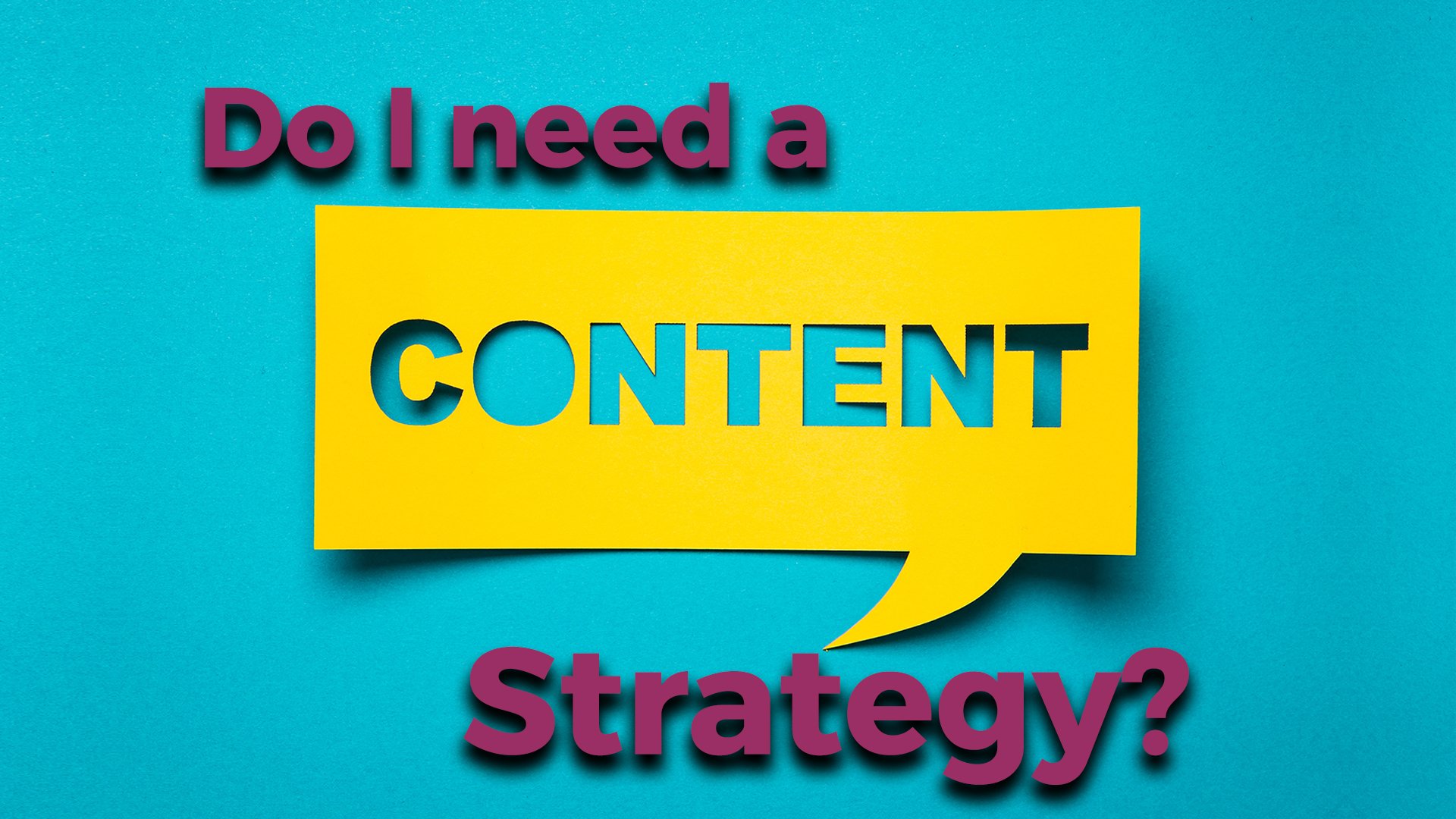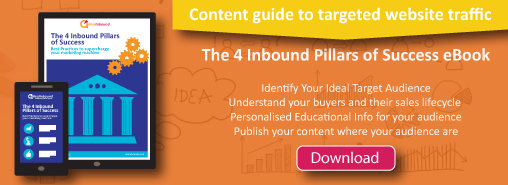Creating content without a strategy is like shooting an arrow in the dark. You may eventually hit your target, but you’re more likely to miss. And, even if you do hit your target, you may not hit it in the most effective way possible.
A good content strategy will keep you focused on your goals and ensure that your content is working to achieve them. It'll also save you a lot of headaches down the line! If you're not careful, content creation can quickly become a haphazard process without any real strategy behind it. This is a common mistake among businesses, who often treat content as an afterthought instead of an integral part of their marketing efforts.
The power of content lies in knowing what a content strategy is and why you need one. So, let’s dive right in.
Check out this article Rookies Content Creation Guide
To start with: What does content strategy mean?
Your content strategy is the cornerstone of your brand identity. It includes everything from the tone of your brand to the way your content will be distributed and shared. A content strategy is more than just a plan or a guideline - it's a living, breathing document that should be constantly evolving as your brand grows and changes.
An effective content strategy takes into account your audience, your goals, and the overall tone of your brand. It's a way to ensure that all of your content is working together to create a cohesive, consistent experience for your customers.
Essentially, your content strategy is a road map for your business that outlines what type of content you'll create, when you'll publish it, how you'll share it, and who your target audience is. This clear and mapped-out approach gives your content creation and distribution process structure so that you can avoid falling into the trap of creating content for content's sake without seeing any results. Your content strategy will also help you measure ROI and learn more about your audience so that you can continue to produce quality content that appeals to them.
Keeping your audience engaged requires a variety of content types. Your strategy should include the following types:
- Blogs
- Videos
- Emails
- Infographics
- Social media posts
Use your content to its full potential
Your website's content strategy is key to not only creating high-quality content but also making sure that your content is seen and doesn't get lost in the shuffle. You want to make sure that your content is easily found by your target audience and that it highlights what makes your business special. By using SEO keywords and phrases, you can help your content strategy shine and reach people who are looking for what you have to offer.
If you want to improve your site's performance, you should prune and get rid of lower-quality content. This will help you improve your site's overall quality, which can lead to better search engine rankings and more traffic. Additionally, it can help you avoid penalties from search engines for having low-quality content.
When you're feeling uninspired or short on time, consider repurposing old content instead of starting from scratch. You can give your existing content a new lease on life by simply updating it with new industry statistics and fresh ideas. Remember to edit the tone, format, and images or videos.
Not only will this save you time creating new content, but it also prevents you from having to delete all older, lower-quality content from your website. Plus, you won't have to reset your metrics either. If you want to see a difference in a few months, make note of the data, optimise the content and analyse again.
By doing this, your social media or email accounts will have fewer dead links. The old post with a link will be replaced with a new and more engaging post instead of an error message.
A content strategy is a plan that ensures your content will be seen by those who need to see it. As the journey proceeds, ideas for content are born and the content is replaced or removed when it is no longer useful. After creating the content, you need to distribute it so people can consume it! Without this essential stage, all your content may go to waste.
Your content strategy should answer some key questions such as: Who is your audience? What are they trying to achieve? What type of content will resonate with them? How often should you publish new content? And where will you share it? Without a content strategy, it's difficult to ensure your target audience will see the great content you've worked so hard to create.
The best way to make the most of your content is to use it and promote it in a way that benefits your target audience. You risk losing any potential impact your content could have had without incorporating a distribution stage into your content plan.
Explore new approaches to email marketing, social media, and other digital marketing channels to promote your content far and wide.
You may like this article: Winning Eyeballs - Content Distribution “The Exposure"
Ensure your goals are met
The first step in effective goal setting is to know what your goals are. This may seem like common sense, but you'd be surprised how often people try to accomplish things without a clear plan or understanding of what they're trying to achieve. Take a step back and think about what you want your content to do. How will it fit into the larger marketing goals of your current campaign or even quarter? Once you have a good understanding of your goals, you can start thinking about how to best achieve them.
It's important to take the time to create content that is based on your broader marketing objectives. This will help you save time by creating content that is aligned with your goals. Unless you have goals and a content strategy, your content may be less effective and not meet your objectives.
When starting to plan your content strategy, it's important to first identify your end goals. What do you want to achieve? Once you know this, you can work backward to figure out the steps you need to take to get there. During this process, use your buyer personas and customer journey as guides. Think about specific content pieces that can assist you in reaching these objectives.
But it's not enough to just think about the content itself - you need to consider how you're going to get it out there, too. In addition to deciding what kind of content to create, you should also decide how you want to distribute it. Start by identifying your distribution, ROI, and creative goals. This way, you can make sure that your content strategy is in line with your overall business goals.
Measure your progress
Any marketer worth their salt knows that content is key to a successful marketing strategy. But what's even more important is understanding which parts of that content strategy are working and which aren't. That's why savvy marketers always take the time to track their content performance and analyse their results. Without this feedback loop, it's difficult to know what's working and what's not, and you'll likely end up wasting time and resources on content that isn't effective.
Having a clear and concise content strategy with well-defined goals makes analysing the results of your efforts much easier. With the ability to track what content was posted when, tracking ROI becomes easier, as well as making adjustments to improve future activity. As a result, you will also gain a better understanding of the behaviors and expectations of your target audience.
Here are some key tools for analysing the ROI of your content:
- HubSpot
- Vidyard
- Social media analytics
Succeed in Marketing
Take your marketing to the next level with our free marketing resource guide and crush your targets.




